NASA’s experimental solar sail is ready to take flight in Earth orbit, using the pressure of sunlight to test a new way of propulsion through the cosmos.
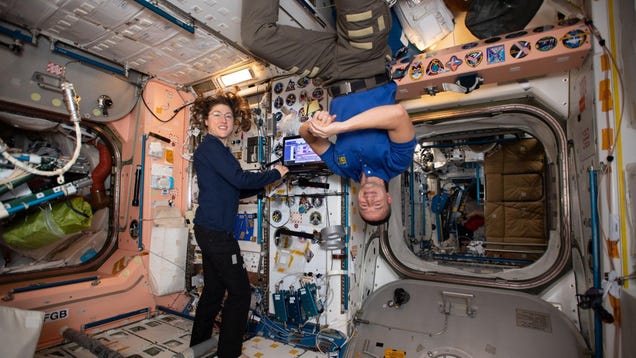
The International Space Station (ISS) is home to crews of astronauts conducting research in low Earth orbit, but it also hosts a group of mutated bacteria that are thriving under the harsh conditions of space.
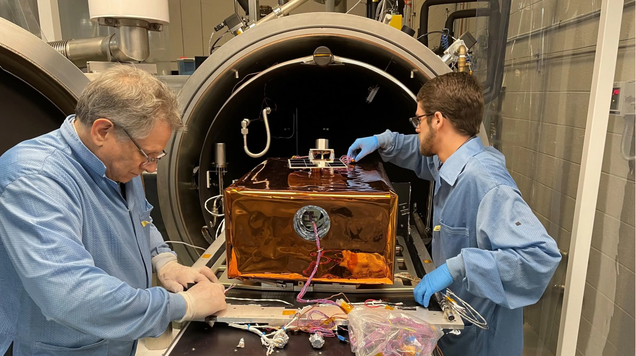
NASA is building a compact seismometer for its upcoming Artemis 3 mission to the Moon, hoping to learn more about the internal structure of the dusty satellite from its lunar tremors.
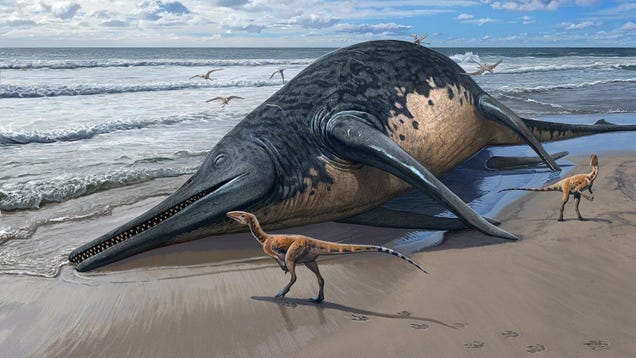
A jawbone found in Somerset, England, may belong to the largest marine reptile yet known, a huge ichthyosaur that lived about 200 million years ago. The new species is dubbed Ichthyotitan severnensis and may have been over 80 feet long, according to the team’s estimates. The finding means that ichthyosaurs could have…
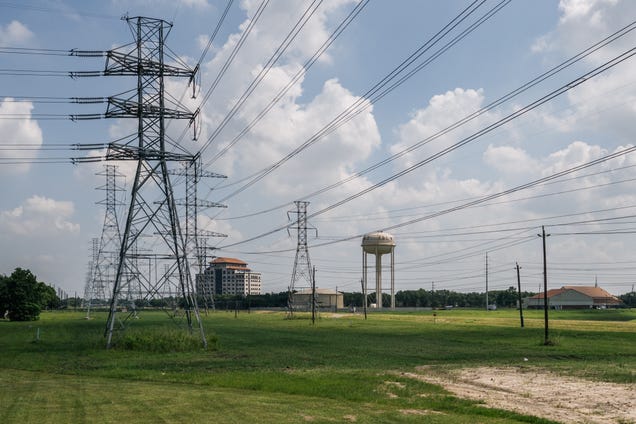
This story was originally published by Grist. Sign up for Grist’s weekly newsletter here.
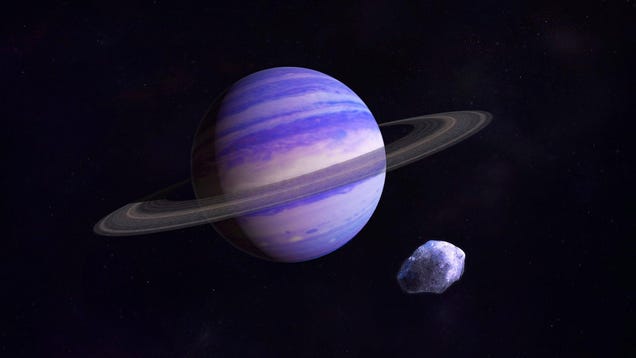
In a little more than 30 years, we went from knowing only of the planets in our star system to discovering over 5,000 distant worlds spread across the cosmos. So far, none have looked quite like Earth. If an Earth-like planet was orbiting another star, however, it may look different than our precious pale blue dot. In…
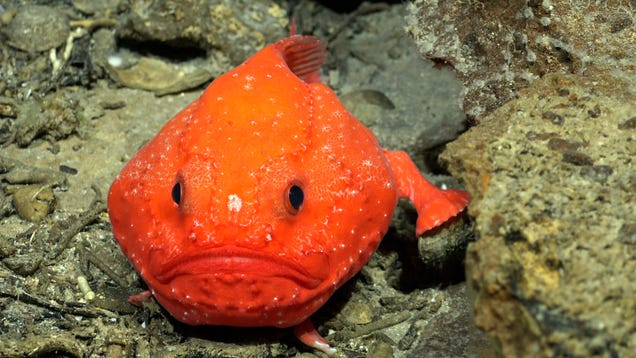
Much of the ocean’s life remains a mystery to us, but an international team of scientists has just filled in a few blanks after a 40-day expeditionto the Salas y Gómez Ridge. The ridge is a lengthy corridor filled with over 100 underwater mountains that extends from Chile to Rapa Nui, more commonly known as Easter…
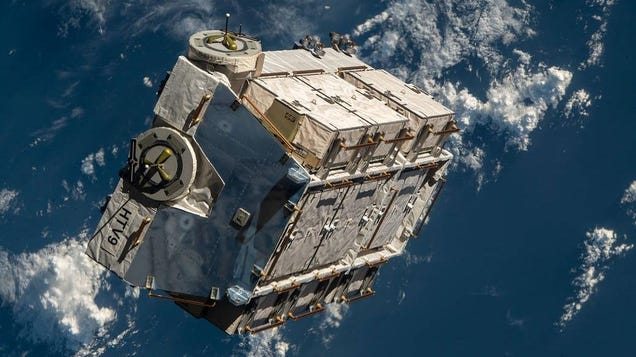
Well, this is awkward. A NASA investigation confirmed that a small piece of trash tossed from the International Space Station (ISS) survived atmospheric reentry and ended up in a Florida home. This is a rare case of space junk causing damage on Earth, and the homeowner may be seeking legal action.
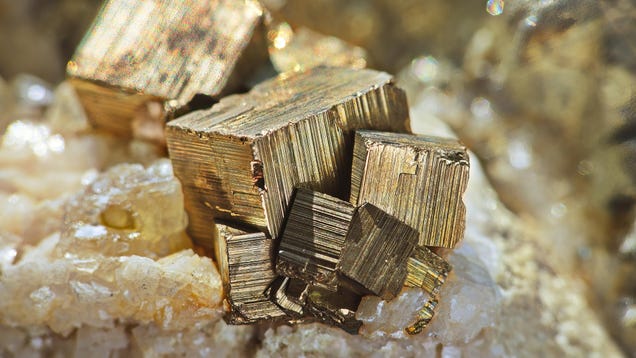
Pyrite, the yellow metal known as fool’s gold, has another trick up its sleeve: it can contain lithium, a crucial element in the world’s quest for greener energy, according to a team of researchers that studied rock deposits in the eastern United States.

